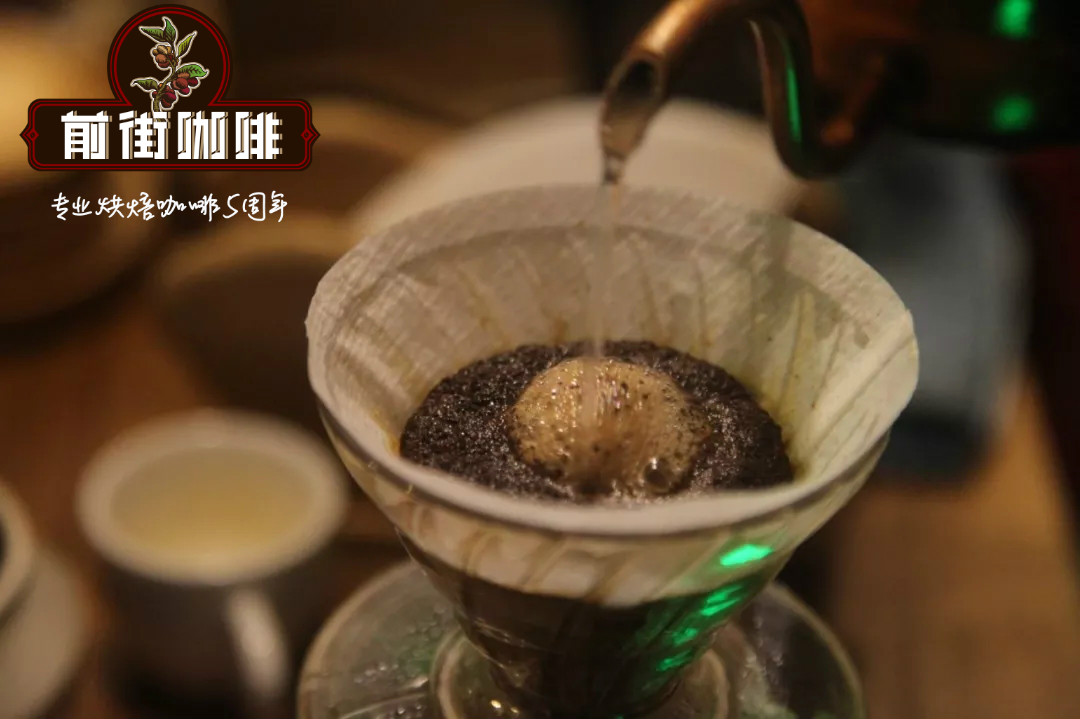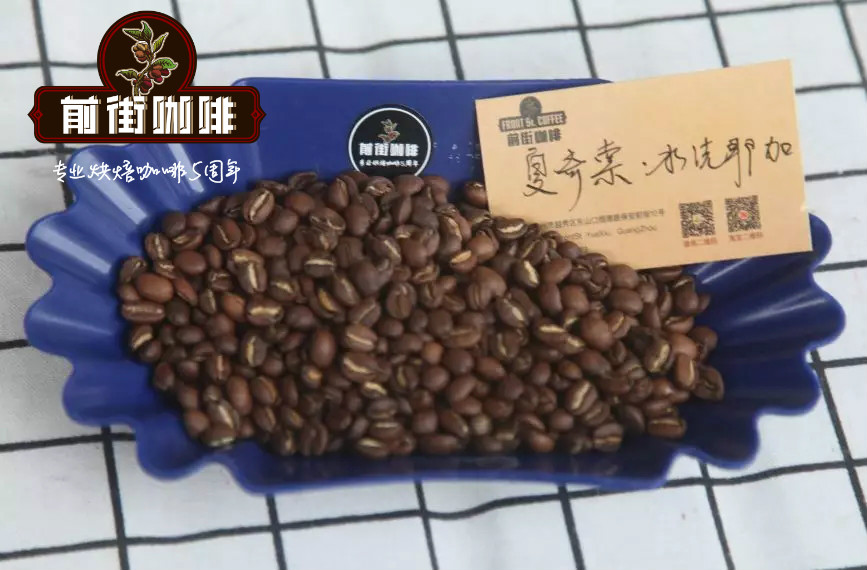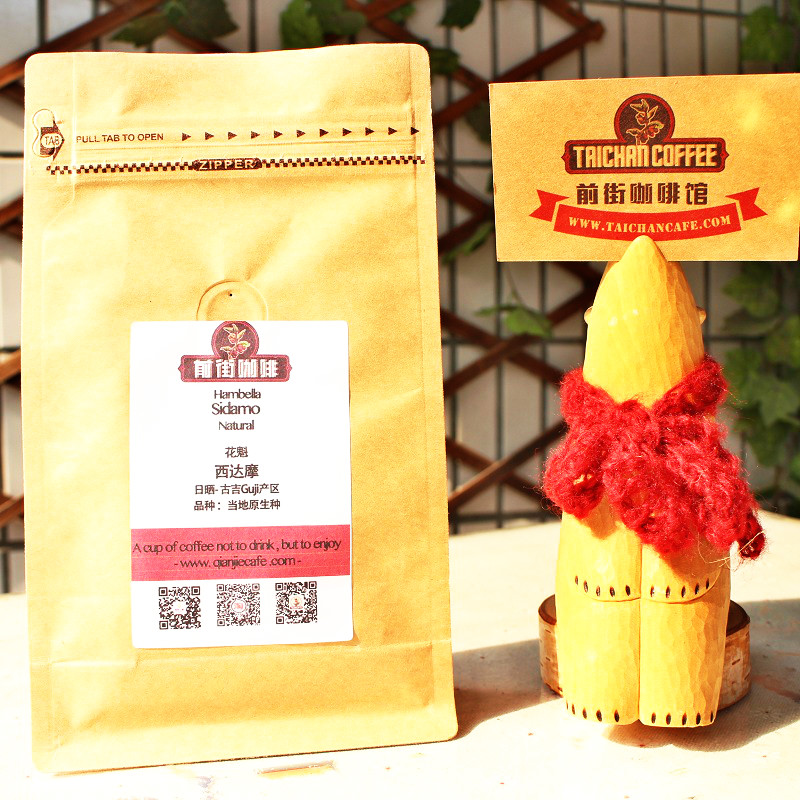Description and treatment of Coffee Flavor in Xidamo Shaqiso producing area introduction to the taste of varieties

Professional coffee knowledge exchange more coffee bean information please follow the coffee workshop (Wechat official account cafe_style)
The coffee flavor of Sidamo is very diverse, because of the different soil composition, regional microclimate and countless native coffee varieties, the coffee produced in each urban area has obvious differences and characteristics. The Sidamo producing area (Sidama) is located in southern Ethiopia. The industry here is dominated by agriculture, and the coffee-growing area is located around the East African Great Rift Valley (Great Rift Valley).
The coffee in Sidamo has a variety of flavors. Different soil types, microclimates and countless native coffee species, towering mountains, highlands, plateaus, valleys and plains, diverse topography, and the geology of the area belongs to nutrient-rich, well-drained volcanic soil. the depth of the soil is nearly two meters, and the surface soil is dark brown or brown. The biggest advantage of the area is that the soil fertility is maintained through the circulation of organic matter, using the withered leaves of the surrounding trees or the residual roots of the plants as fertilizer. Therefore, the coffee produced in cities and towns has obvious differences and characteristics. In 2010, Murray 2012, it continuously obtained the high score of CR92--94, the authoritative coffee evaluation website in the United States.


Thus it can be seen that Sidamo grows in the southernmost Ethiopian plateau between 4600 and 7200 feet above sea level (Sidamo province). It is a famous boutique coffee area in southern Ethiopia, bordering Kenya, southeast of Gemma, just south of the capital, usually sweet and loved by most people. its annual output is about 225000 bags / 60kg, with a smaller bean body than Longberry, with gray in the green, and in the sun-drying field of Sidamo. Coffee is placed in hemp net wooden frame, workers take turns in the sun exposure, manual stirring coffee, sun Sidamo is usually marked with G4 exit, washing Sidamo because the treatment process is more perfect, so most of them are exported at G2 level.
Shakisso is located in the southern part of Guji and Oromia, adjacent to Sidama and Gedeo. There are many pits in this area, which were used to mine gold in the early days, so there are many potholes in this coffee growing area.
This makes people dangerous when walking between coffee growing areas. Shakiso is a unique producing area of Guji / Sidamori, even in West Dharma, which is a remote area away from most coffee producing areas, and another famous local product is gold. Miners, land, ethnicity and other factors also destabilized the region in 2006. As a result, the biggest problem facing the region now is that ─ needs manpower to maintain the growing area and harvest coffee. Local small farmers began growing organic coffee in 2001 and work closely with medium-sized coffee producers because they are familiar with how to grow forest coffee in the highlands.


Qianjie coffee is suggested to be brewed by hand.
Filter cup: V60
Water temperature: 91 ℃
Powder / water ratio: 1:15
Degree of grinding: BG-5R (the pass rate of Chinese standard No. 20 screen is 58%)
Cooking method: 30 grams of water steaming for 30 seconds, injection to 125 grams, and so on when the water level is about to expose the powder bed, continue to inject water to 225 grams, when the water level is about to expose the powder bed, remove the filter cup, (steaming starts) the extraction time is about two minutes.
The taste of lemon is more sour, the temperature is slightly lower, there are jasmine, cream, sucrose, nuts, the end rhyme has the tea feeling of oolong tea, sweet and long-lasting, the overall feeling is very sweet.


This coffee from Shaquiso, Qianjie Coffee will choose to use light roasting to retain its aroma and fruit acid, can be brewed at a higher temperature to extract!

Purchase link: https://item.taobao.com/item.htm?spm=a1z10.3-c.w4002-15673140470.10.5709508enTzTMA&id=549017651496
END
Important Notice :
前街咖啡 FrontStreet Coffee has moved to new addredd:
FrontStreet Coffee Address: 315,Donghua East Road,GuangZhou
Tel:020 38364473
- Prev

Description of Bali Coffee Flavor, characteristics of Grinding degree, description of roasting degree, introduction of Fine Coffee beans
The story of Bali coffee is perhaps one of the most fascinating and romantic stories in coffee history. In 1862, in the resplendent Palace of Versailles, the Sun King Louis XIV sat dangerously, the priceless, legendary 67-carat blue diamond of hope on the crown, dazzling, and the aristocratic ministers present at the court were dressed in gold and silver. They are waiting to come from the distant and magical east
- Next

Introduction to the flavor description and grinding characteristics of Ethiopian coffee varieties in producing areas
Grade of Ethiopian coffee: Ethiopian washed coffee Yega Chuefei G1 G2 Sidamo (Yirgacheffe, Sidamo) has the highest grades 2 and 3 (G2, G3), while sun-processed coffee in eastern Ethiopia is mostly grade 4 or 5 (G4, G5). In many cases, level 4 coffee is marked as level 5 in order to reduce taxes. At present, the classification is not uniform and there are
Related
- Detailed explanation of Jadeite planting Land in Panamanian Jadeite Manor introduction to the grading system of Jadeite competitive bidding, Red bid, Green bid and Rose Summer
- Story of Coffee planting in Brenka region of Costa Rica Stonehenge Manor anaerobic heavy honey treatment of flavor mouth
- What's on the barrel of Blue Mountain Coffee beans?
- Can American coffee also pull flowers? How to use hot American style to pull out a good-looking pattern?
- Can you make a cold extract with coffee beans? What is the right proportion for cold-extracted coffee formula?
- Indonesian PWN Gold Mandrine Coffee Origin Features Flavor How to Chong? Mandolin coffee is American.
- A brief introduction to the flavor characteristics of Brazilian yellow bourbon coffee beans
- What is the effect of different water quality on the flavor of cold-extracted coffee? What kind of water is best for brewing coffee?
- Why do you think of Rose Summer whenever you mention Panamanian coffee?
- Introduction to the characteristics of authentic blue mountain coffee bean producing areas? What is the CIB Coffee Authority in Jamaica?

